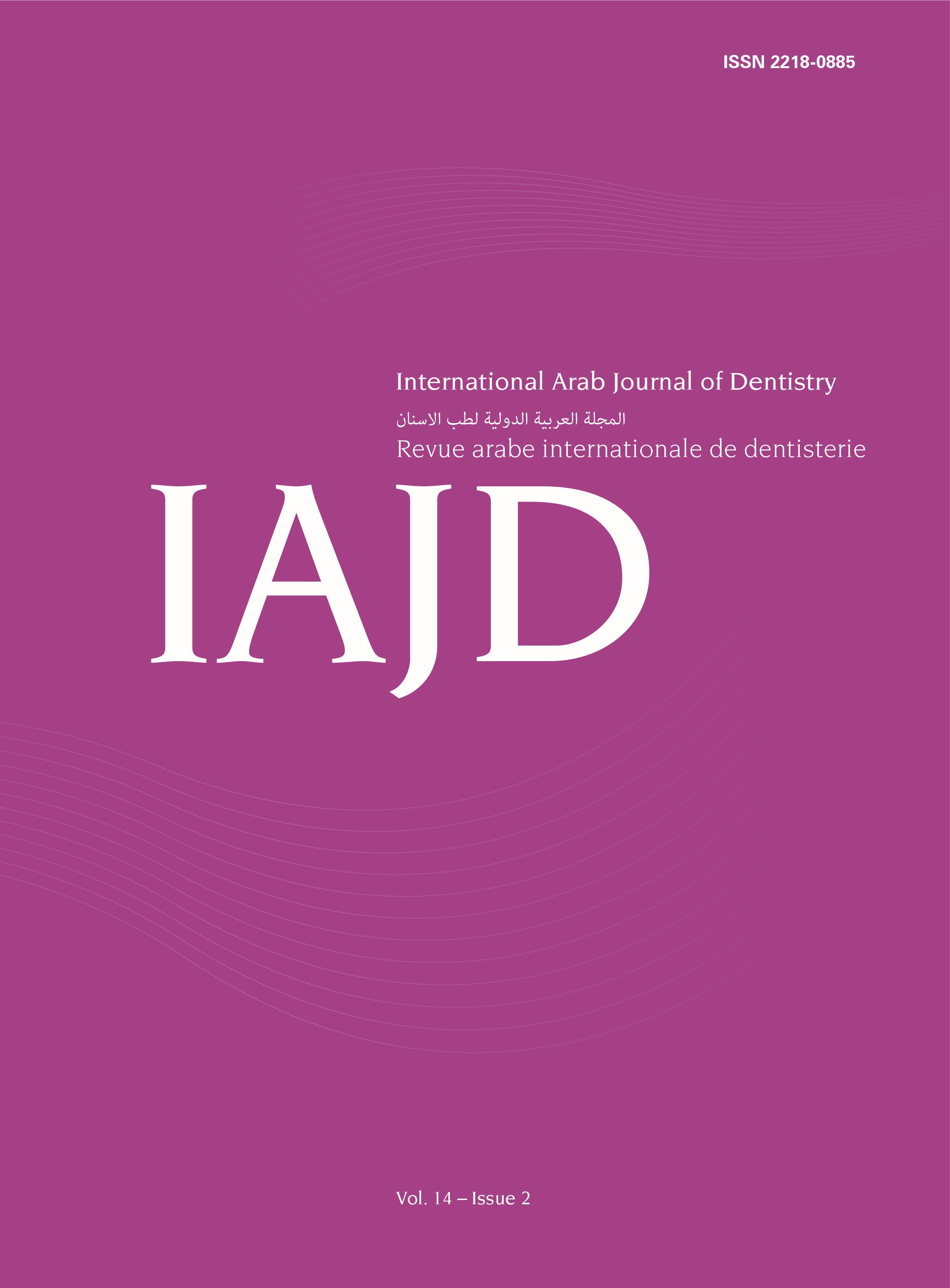Abstract
Introduction: New approaches for minimal invasive endodontic access cavity designs had been introduced for preserving the structural integrity of the offending tooth. Diode laser has been now widely used in root canal disinfection and showing highly promising results.
Aim: to evaluate the impact of contracted endodontic access cavity designs on root canal disinfection using diode laser. Materials and Methods: Fifty-four intact freshly extracted human mandibular first molars were selected for the use in this study. Only the mesial roots of the selected samples were included in this study. Samples were randomly divided into three equal groups (n=18) according to the type of access cavity performed. Group (1): conventional access cavities, Group (2): Ninja access cavities, and Group (3): truss access cavities. Isolates of Enterococcus Faecalis (E.Fecacalis) were introduced in the root canals of the mesial roots of the selected samples. Samples were further sub-divided into two equal sub-groups (n=9) according to the disinfection method. Sub-group (a): Diode laser disinfection, and Sub-group (b): NaOCl 2.5% followed by EDTA 17% irrigation. Bacterial evaluation was performed using confocal laser scanning electron microscope.
Results: The results showed that using Diode laser disinfection have shown higher bacterial reduction in comparison to NaOCl irrigation, but with no statistically significant difference. For access cavity designs, regardless of the type of disinfection used, conventional access cavities have shown the highest bacterial reduction, with the least bacterial reduction with Ninja access cavities.
Conclusion: Contracted endodontic access cavities did not offer any advantages in comparison with the conventional endodontic access cavities regarding bacterial reduction. Diode laser can be used as an effective adjunct tool in root canal disinfection.

